Composite Hose
Price: Contact
Composite Hose Singaflex Singapore
- Body material: Composite
- Flange material: Stainless steel 304 or CS steel A105, SS400,...
- Inner / outer spring thread: Stainless steel 304 or Galvanized steel, as required.
- Connection: ANSI150RF Flange or as required.
- Pressure, fluid: Contact PME for advice.
- Discount code and product availability: Contact PME.
Overview of Composite Hos
Composite Hose is a type of pipe made up of many layers of different materials, including plastic, metal, and other synthetic materials, creating a pipe structure with high durability and good chemical resistance. These layers of material are bonded together by a process called "composite", which enhances the mechanical and chemical properties of the tube.
Advantages of Composite Hose
Good chemical resistance: Composite pipes can withstand many different chemicals, from acids to alkalis, without being much affected.
Light weight: Compared to other types of pipes, composite pipes are much lighter and easier to install and move.
High flexibility: Composite pipes have the ability to bend well without breaking or being damaged, suitable for applications requiring high flexibility.
Good heat resistance: Many types of composite pipes can withstand high temperatures without deformation or damage.
Safe and durable: Multi-layer structure helps composite pipes resist abrasion and impact damage, extending service life.
Disadvantages of Composite Hose
High cost: The complex manufacturing process and special materials make the cost of composite pipes higher than some other types of pipes.
Ability to withstand low pressure: Compared to stainless steel pipes, composite pipes cannot withstand high pressure, which may be limited in some applications requiring high pressure.
Periodic maintenance requirements: To maintain effective use, composite pipes need to be periodically inspected and maintained.
Compare Composite Hose with Stainless Steel Hose and Rubber Hose
Advantages and Disadvantages of Stainless Steel Hoses
Advantage:
High pressure resistance: Stainless steel pipes can withstand high pressure, suitable for heavy industrial applications.
Good heat resistance: Stainless steel can withstand very high temperatures without deformation.
High mechanical strength: Stainless steel has high durability, resists abrasion and damage due to impact.
Disadvantage:
Heavy weight: Stainless steel is heavier than composite and rubber, increasing difficulty in installation and movement.
High price: Similar to composite, stainless steel pipes have a high price.
Advantages and Disadvantages of Rubber Hose
Advantage:
Light weight: Light rubber, easy to install and move.
Low price: Compared to stainless steel and composite, rubber pipes are often cheaper.
High flexibility: Rubber has good bendability and flexibility.
Disadvantage:
Poor chemical resistance: Rubber cannot withstand many chemicals and is easily decomposed or damaged.
Poor durability: Rubber is susceptible to abrasion and damage due to impact or harsh environmental conditions.
Poor heat resistance: Rubber cannot withstand high temperatures and is easily deformed and damaged.
Conclude
Composite Hose: Good for applications requiring chemical and temperature resistance and flexibility, but high cost and low pressure resistance.
Stainless Steel Flexible Hose: Suitable for applications that need to withstand high pressure and temperature, but are heavy and have a high price.
Rubber Hose: Suitable for applications that require lightness and flexibility, but are less durable and cannot withstand chemicals or high temperatures.
Choosing the appropriate pipe type depends on the specific requirements of each application and working conditions.
Related projects









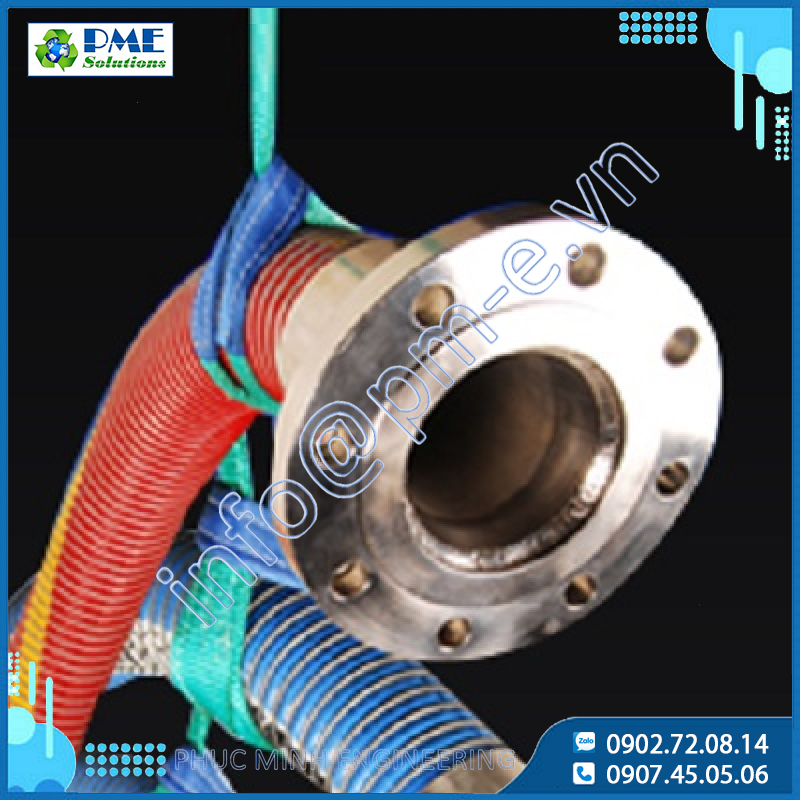
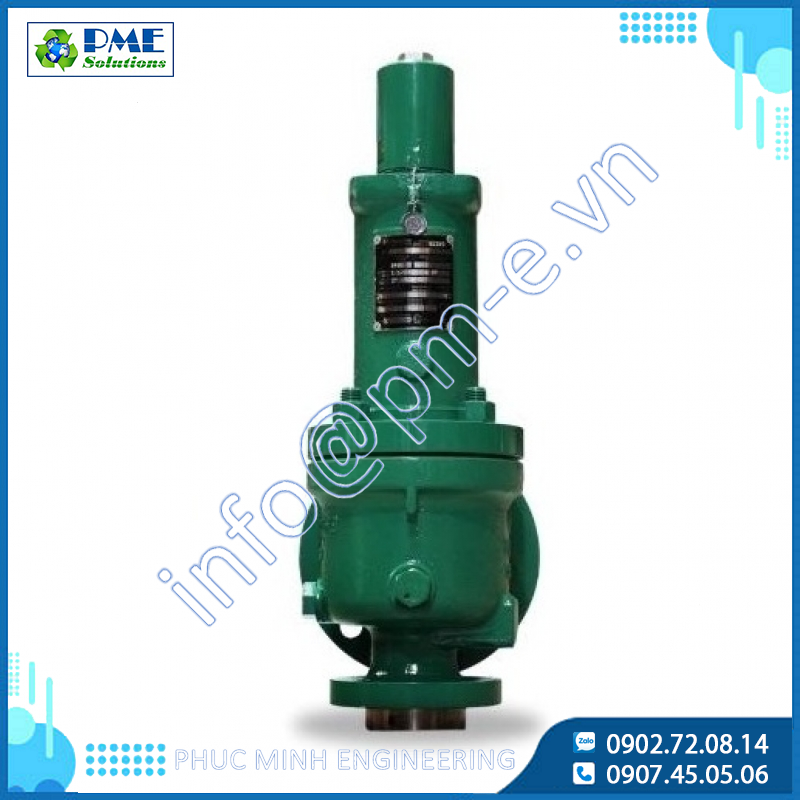
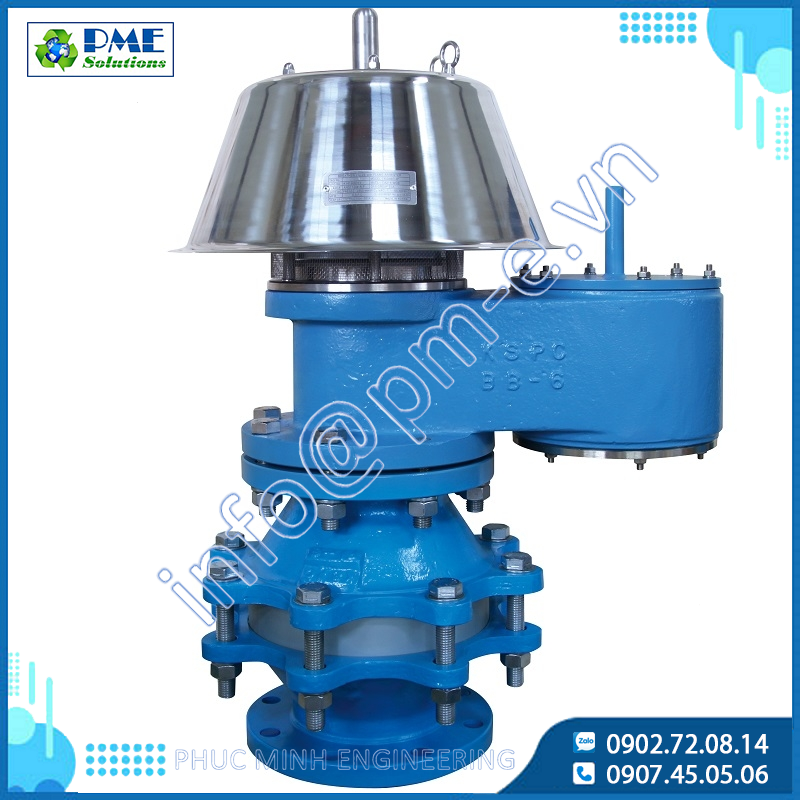
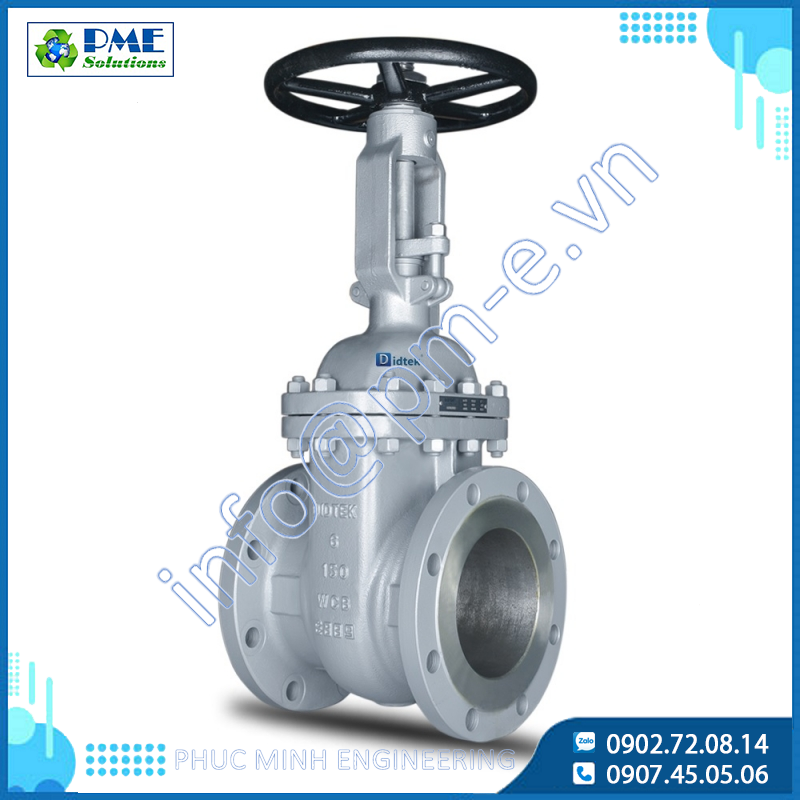
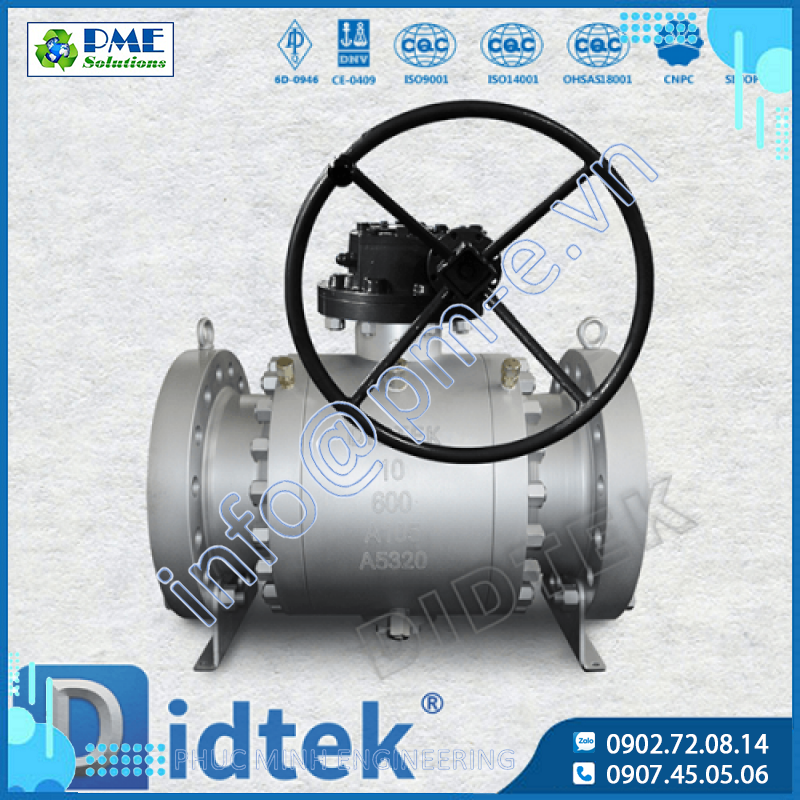
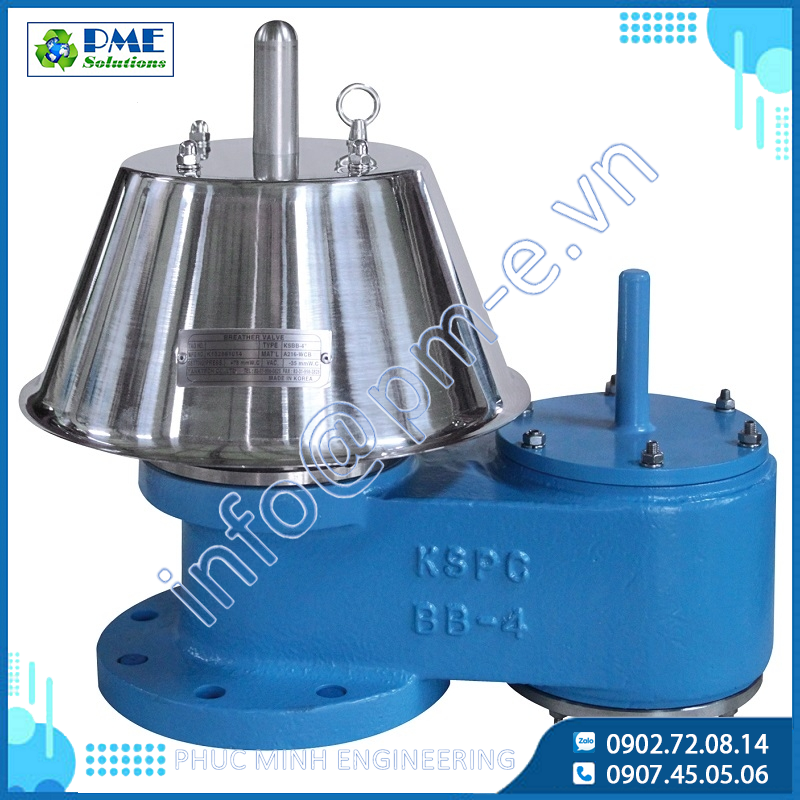


.png)






